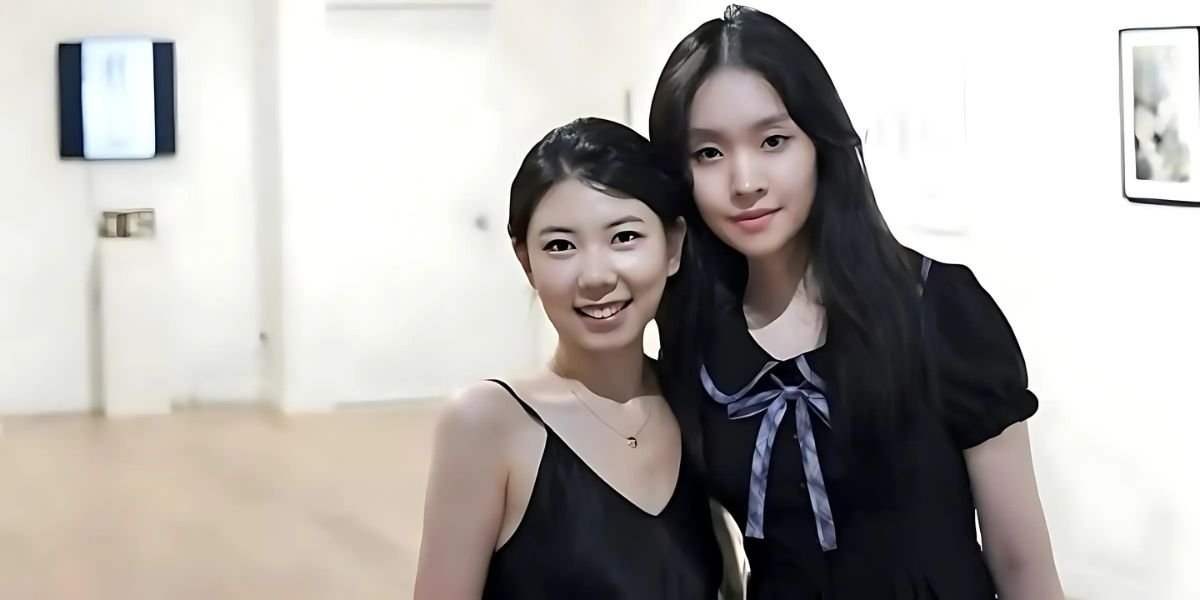By: Clara Jennings
When Nicole R. Terrizzi walked into her first classroom in Kansas City through the Teach for America program, she carried more than lesson plans and good intentions. She carried hope—the kind that many young teachers hold before the reality of public education in under-resourced communities reveals its full complexity. She also carried something else: the quiet beginnings of a story that would take nearly a decade to write and share.
Her memoir, Learning in Free Fall, is not presented as a polished success story or a definitive guide to reform. It’s a deeply honest account of what it feels like to step into a broken system with the desire to help, and then discover just how tangled that system really is. It’s about learning while you teach, about the emotional weight of trying to show up for others while struggling to stay afloat yourself. And it’s about finding a way to turn pain into purpose through reflection, humility, and truth-telling.
Raised in rural Iowa, Terrizzi grew up familiar with financial hardship but unaware of the deeper privileges that accompanied her whiteness. “We didn’t have money,” she reflects, “but I was still protected in ways I didn’t fully understand until I started teaching in a predominantly Black school.” Her time in Kansas City was eye-opening—not just because of the challenges her students faced, but because of what it revealed about her own place within a larger structure of inequality.
Learning in Free Fall is as much a personal journey as it is a social examination. Through classroom anecdotes, private journal entries, and raw accounts of her mental health battles, Terrizzi peels back the curtain on the realities many educators face. From disciplinary policies that disproportionately affected her Black students to the emotional toll of being marginalized by colleagues when she raised concerns, she recounts moments of both disillusionment and quiet resistance.
Terrizzi’s story doesn’t purport to offer all the answers. In fact, much of its strength lies in her willingness to sit with the discomfort of not knowing, of not fixing. “This was never meant to be a hero narrative,” she says. “It’s about naming what’s broken and being honest about the limits of what one person can do.”
Her vulnerability extends beyond the classroom. Alongside her reflections on race, privilege, and education, Terrizzi shares her mental health journey with striking openness. During her teaching years, she sought therapy, reached the maximum dosage of two antidepressants, and ultimately underwent electroconvulsive therapy (ECT). Far from being a side note, this aspect of her story serves as a poignant illustration of the emotional labor so many teachers perform quietly and alone.
And yet, Learning in Free Fall is not a book about despair. It’s about awakening. It’s about growing into a fuller understanding of one’s impact and limitations. And it’s about honoring the students who, in Terrizzi’s words, “changed me more than I could have imagined.”
In telling her story, Terrizzi was careful to protect the privacy and dignity of the real people behind her pages. She changed names, altered details, and, when necessary, created composite characters to ensure no harm came to the children and communities she loved. But she didn’t hold back on the hard parts. Guided by a developmental editor, she pushed herself to include the messy, complicated, and vulnerable truths—those moments when her best intentions fell short or when the system itself felt too large to challenge.
After Kansas City, Terrizzi continued teaching in Oakland, California, before transitioning into nonprofit work. That shift allowed her to expand her reach, raising funds for organizations supporting thousands across the country. But her time in the classroom continues to inform everything she does—from her approach to leadership to her journey as a mother.
“If I could go back and tell my younger self one thing,” she says, “it wouldn’t be about teaching strategy. It would be about boundaries. You can’t pour from an empty cup.” That insight, hard-won and heartfelt, is one she hopes might resonate with educators, parents, and advocates alike.
At its core, Learning in Free Fall is a story about unlearning. It challenges readers to examine the narratives they’ve inherited, to question the systems they participate in, and to lean into the discomfort of growth. It’s a book for educators, certainly—but also for anyone invested in justice, mental health, or the quiet courage it takes to keep showing up.
“I wrote this book to tell the truth,” Terrizzi says. “Not just mine, but the truth of so many students and teachers who are navigating impossible systems every day. I hope it might help someone feel seen.”
With grace and clarity, Learning in Free Fall invites us to listen—not just to the author, but to the voices that shaped her. And in doing so, it reminds us that storytelling, when done with care and integrity, can serve as a powerful act of service.
Learning in Free Fall by Nicole R. Terrizzi is now available on major platforms, including Amazon, Barnes & Noble, and more. Whether you prefer reading in print or digitally, you can find the memoir in hardcover, paperback, and eBook formats. For those seeking something special, signed copies and exclusive bundles are also available through the author’s website at NicoleTerrizzi.com. Consider exploring this compelling and timely story of resilience, advocacy, and the fight for equity in American education.
Published by Joseph T.










